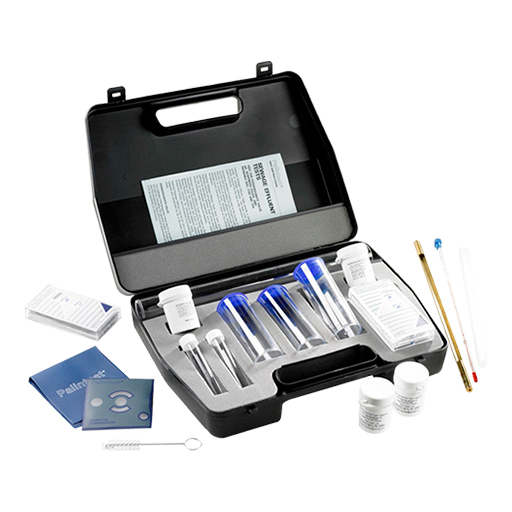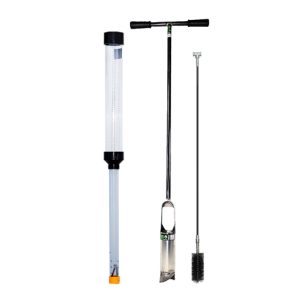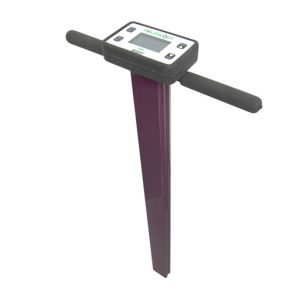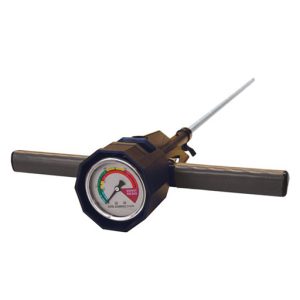SIMPLIFIED ONBOARD SEWAGE WATER TESTING
This all-in-one portable water testing solution makes compliance with complex sewage discharge legislation easy. The Sewage Effluent Test Kit is designed to provide you with simple test methods that are guaranteed to be the most economical you will find. The kit requires no formal training and is the only all-in-one solution to guarantee complete compliance with the MLC 2006 and MARPOL ANNEX IV on-board water testing legislation.
Features
- Guaranteed to be the most cost-effective solution on the market
- Only replace what you use – you’ll never need to buy a full kit again
- No formal training is required
Kit Content
- Hard carry case
- Acidifying SE tablets (x300)
- Permanganate Value tablets (x300)
- Universal pH tablets (x100)
- Sterile sample containers (100ml, x3)
- Plastic test tubes (10ml, x2)
- Turbidity tube (13 inches)
- Test tube brush (12cm)
- Thermometer (x1)
- DPD-free Chlorine (x500)
- PH Comparator disk 0-5mg (x1)
- Bacterial plates (pack of 4, x10)
- Incubator (x1)
- Disposable gloves (x100)
- Goggles (x1)
- Crushing rods (pack of 10)
| Size | 35 x 31 x 10cm | ||||||||||||
| Weight | 1.60kg | ||||||||||||
| Turbidity and Suspended Solids | The Turbidity test uses a specially calibrated plastic tube. Test kit SP 304 includes a tube graduated at 30 to 500 turbidity units.
The Royal Commission Standards for Effluents recommend that the suspended solids content of sewage effluent should not be more than 30 mg/l. |
||||||||||||
| Temperature | Effluent discharge should always be close to ambient temperatures. | ||||||||||||
| Coliforms | The coliform test is carried out by taking a sample of your sewage effluent and adding Sodium Thiosulphate and readycult. Once thoroughly shaken, you incubate the sample for 24 hours and 35°C. You then check for a color change in the effluent sample, a change to blue/green indicates the presence of coliforms. Log result as present or absent. |
||||||||||||
| Bacterial Plates | Take a small 1ml effluent sample and place it on the bacterial plate. Incubate the sample at 35°C for 48 hours and simply count the number of red colonies on the plates surface. You are looking for a result of less than 100/250 CFU/ml depending on the vessel. | ||||||||||||
| Free Chlorine | Take a sample of your sewage effluent, add a crushed DPD 1 tablet and compare the sample effluent against the chlorine comparator disc. | ||||||||||||
| Permanganate Value (PV) |
The Permanganate Value test is a test for indicating the general quality of final effluents as to its acceptability for discharge. PV of 0-10 = Excellent PV of 10-20 = Satisfactory PV of 20-30 = Dubious PV of over 30 = Unsatisfactory |
||||||||||||
| PH test | The pH test is carried out with a Universal pH test tablet and a comparator wheel. The pH of final effluents should also fall within the 6 to 8. | ||||||||||||
| Bacterial Plates | To convert the Permanganate Value (PV) for domestic sewage and effluent to probable BOD, COD and TOC values multiplied by the following factors. The probable BOD can be calculated from the result of the turbidity test using the following formula: Probable BOD = Turbidity/2 + 5; The Royal Commission Standard for Effluents recommends a BOD value of not more than 20 mg/l.
|
SIMPLIFIED ONBOARD SEWAGE WATER TESTING
This all-in-one portable water testing solution makes compliance with complex sewage discharge legislation easy. The Sewage Effluent Test Kit is designed to provide you with simple test methods that are guaranteed to be the most economical you will find. The kit requires no formal training and is the only all-in-one solution to guarantee complete compliance with the MLC 2006 and MARPOL ANNEX IV on-board water testing legislation.
Features
- Guaranteed to be the most cost-effective solution on the market
- Only replace what you use – you’ll never need to buy a full kit again
- No formal training is required
Kit Content
- Hard carry case
- Acidifying SE tablets (x300)
- Permanganate Value tablets (x300)
- Universal pH tablets (x100)
- Sterile sample containers (100ml, x3)
- Plastic test tubes (10ml, x2)
- Turbidity tube (13 inches)
- Test tube brush (12cm)
- Thermometer (x1)
- DPD-free Chlorine (x500)
- PH Comparator disk 0-5mg (x1)
- Bacterial plates (pack of 4, x10)
- Incubator (x1)
- Disposable gloves (x100)
- Goggles (x1)
- Crushing rods (pack of 10)
| Size | 35 x 31 x 10cm | ||||||||||||
| Weight | 1.60kg | ||||||||||||
| Turbidity and Suspended Solids | The Turbidity test uses a specially calibrated plastic tube. Test kit SP 304 includes a tube graduated at 30 to 500 turbidity units.
The Royal Commission Standards for Effluents recommend that the suspended solids content of sewage effluent should not be more than 30 mg/l. |
||||||||||||
| Temperature | Effluent discharge should always be close to ambient temperatures. | ||||||||||||
| Coliforms | The coliform test is carried out by taking a sample of your sewage effluent and adding Sodium Thiosulphate and readycult. Once thoroughly shaken, you incubate the sample for 24 hours and 35°C. You then check for a color change in the effluent sample, a change to blue/green indicates the presence of coliforms. Log result as present or absent. |
||||||||||||
| Bacterial Plates | Take a small 1ml effluent sample and place it on the bacterial plate. Incubate the sample at 35°C for 48 hours and simply count the number of red colonies on the plates surface. You are looking for a result of less than 100/250 CFU/ml depending on the vessel. | ||||||||||||
| Free Chlorine | Take a sample of your sewage effluent, add a crushed DPD 1 tablet and compare the sample effluent against the chlorine comparator disc. | ||||||||||||
| Permanganate Value (PV) |
The Permanganate Value test is a test for indicating the general quality of final effluents as to its acceptability for discharge. PV of 0-10 = Excellent PV of 10-20 = Satisfactory PV of 20-30 = Dubious PV of over 30 = Unsatisfactory |
||||||||||||
| PH test | The pH test is carried out with a Universal pH test tablet and a comparator wheel. The pH of final effluents should also fall within the 6 to 8. | ||||||||||||
| Bacterial Plates | To convert the Permanganate Value (PV) for domestic sewage and effluent to probable BOD, COD and TOC values multiplied by the following factors. The probable BOD can be calculated from the result of the turbidity test using the following formula: Probable BOD = Turbidity/2 + 5; The Royal Commission Standard for Effluents recommends a BOD value of not more than 20 mg/l.
|












